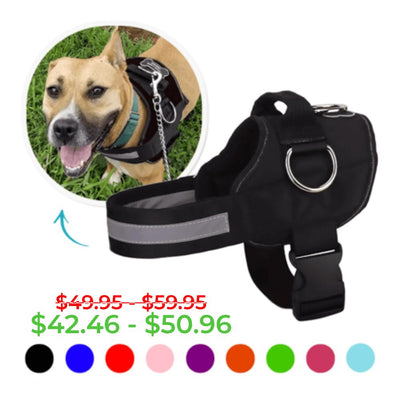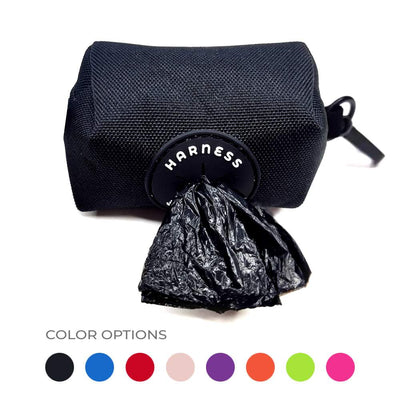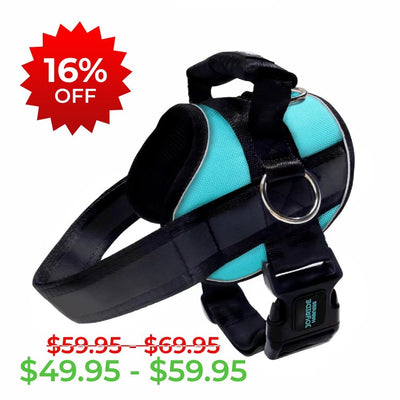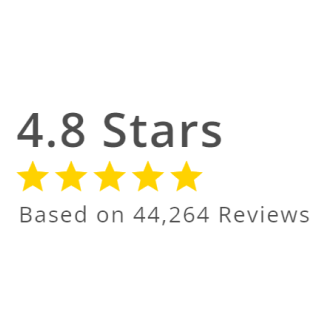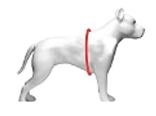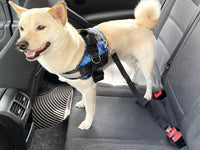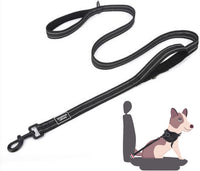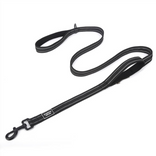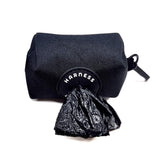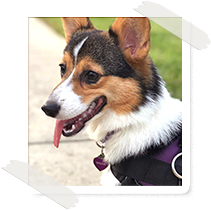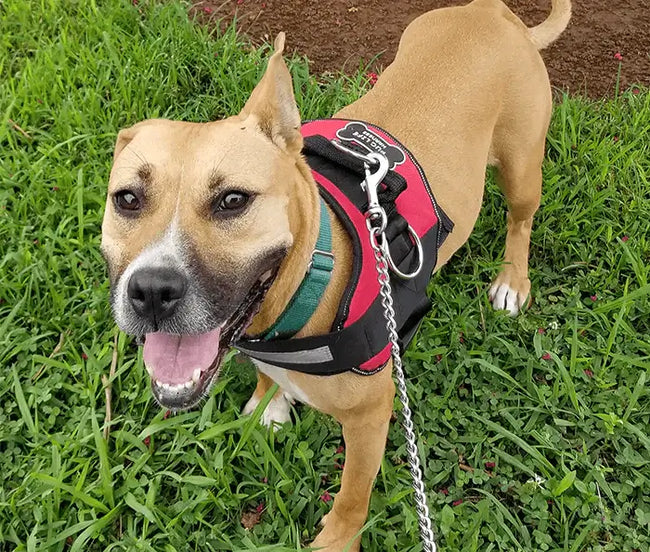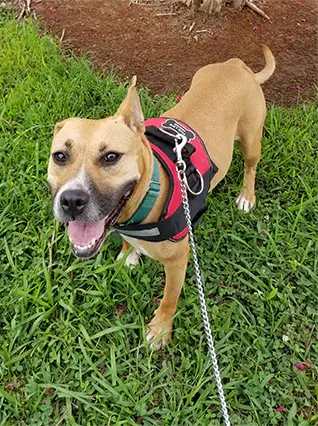Brachycephalic Dogs: What Every Owner Should Know
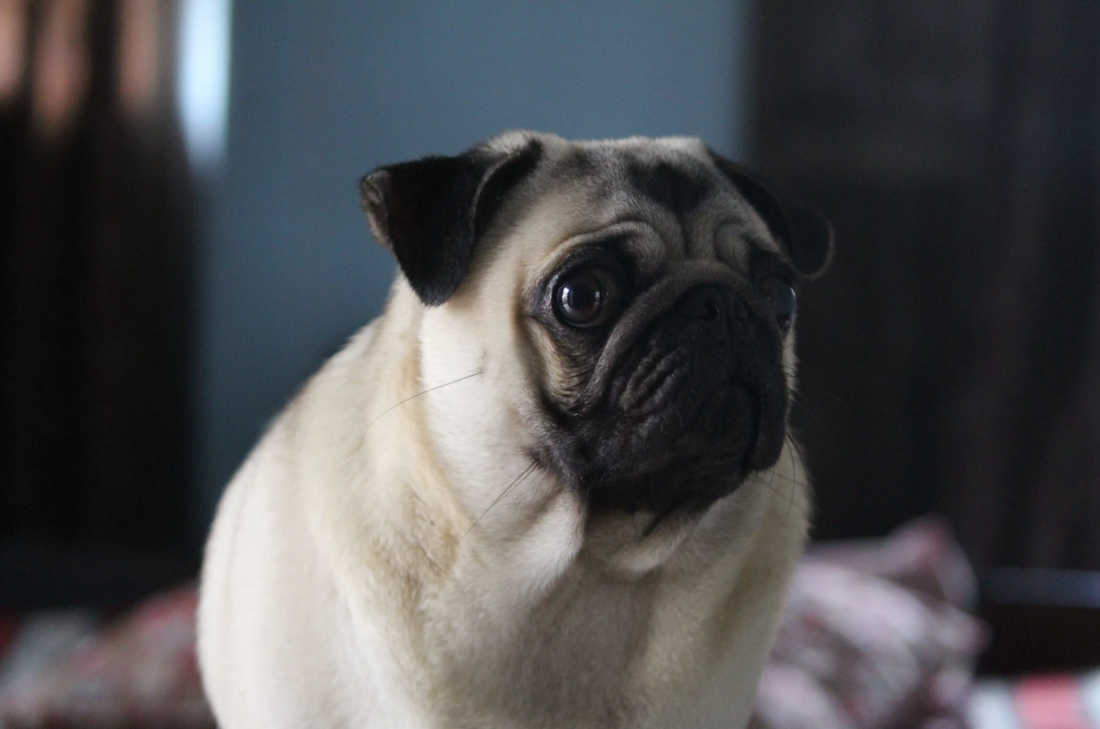
There are things you should know about certain dog breeds. Some dog breeds are more active than others, some might need more warmth during the winter months, and some might be born and set up for health problems. Brachycephalic dogs are the most noted dogs when it comes to the latter.
Are you adopting a brachycephalic breed? Are you prepared to care for a brachycephalic dog?
In this blog post, we share what you need to know as a potential (or current) dog parent of a brachycephalic dog.
What is a Brachycephalic Dog?
For starters, brachycephalic means "short-headed" so think of all the dog breeds with short snouts and stubby faces. Those physical characteristics in addition to audible respiratory distress indicates brachycephaly. Brachycephalic dog breeds include but are not limited to...
- Pugs
- French Bulldogs
- English Bulldogs (and other bulldog breeds)
- Boxers
- Boston Terriers
- Pekingese
- Cavalier King Charles Special
- Lhasa Apso
- Shih Tzu
- Bullmastiffs
- Brussels Griffon
Brachycephaly, in this case, is the result of breeding. According to the American College of Veterinary Surgeons (ACVS), "These dogs have been bred to have relatively short muzzles and noses and, because of this, the throat and breathing passages in these dogs are frequently undersized or flattened. Persian cats also have a brachycephalic conformation."
You'll also hear this referred to as Brachycephalic Syndrome which -- also noted by ACVS -- "refers to the combination of elongated soft palate, stenotic nares, and everted laryngeal saccules, all of which are commonly seen in these breeds."
What to Brace Yourself For
When your dog has a brachycephalic anatomy (brachycephalic conformation), the airway is obstructed in varying degrees and brachycephalic obstructive airway syndrome can get ugly when it comes to your dog's health. Clinical signs and symptoms of this includes increased respiratory distress (not just noisy breathing), reduced exercise tolerance, and can also lead to cyanosis and collapse.
This makes it crucial for dog owners to be mindful of their brachycephalic dogs in hot climates as these breeds may struggle and possibly experience a heat stroke.
That's not all...
According to Carlton Gyles through the Canadian Veterinary Medical Association, "Excessive skin folds in some brachycephalic breeds resulted in increased rates of skin disease. Other conditions that were found at higher frequency include heat intolerance, digestive disorders, urinary tract infection, dental disease, pneumonia, and intervertebral disk disease."
Treatment
It's important to remember that brachycephaly with dogs is the result of the popularity of some morphological traits of purebred dogs, so when you're adopting or shopping, steer clear of breeders. If you do have a brachycephalic dog or plan on adopting one understanding the care required for their wellbeing, you might find yourself in a position where the airways are so obstructed that you need to turn to a veterinarian.
Treatment may vary depending on the severity and your vet may advise anti-inflammation medications or surgery. VCA Hospitals describes the procedure as this: "Stenotic nares can be surgically corrected by removing a wedge of tissue from the nostrils, allowing improved airflow through the nostrils. An elongated soft palate can be surgically shortened to a more normal length. Everted laryngeal saccules can be surgically removed to eliminate the obstruction in the larynx."
Tips & Suggestions
- Always ask your veterinarian what you can do to care for your dog if they have brachycephalic airway syndrome during your dog's annual checkup and physical examination.
- Brachycephalic dogs already struggle with breathing. It's best to not use a collar for these breeds as they may already have a narrow trachea. If your dog also pulls and is subject to pressure around the neck, this is crucial because these breeds are at higher risk for a collapsed trachea. Switch to a safer walking solution.
- When your dog has an exercise intolerance and they are subject to obesity, the airway obstruction may worsen. For quality of life, it's encouraged to keep their activity levels up as obesity can impact the already existing lack of oxygen while they're sleeping. Does sleep apnea sound familiar?
- If your dog undergoes surgery, the prognosis is better for pups and young dogs.
This is just a sampling of tips and informational posts we offer at Joyride Harness. You can find more content including tips and tricks and how-tos for caring for your dog on our blog in this section.


